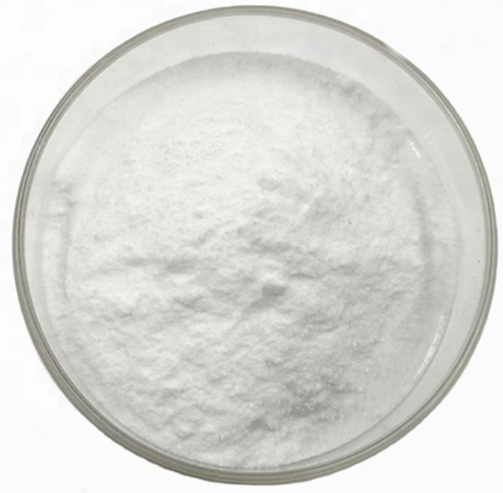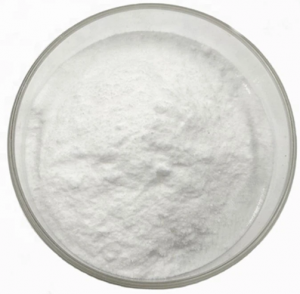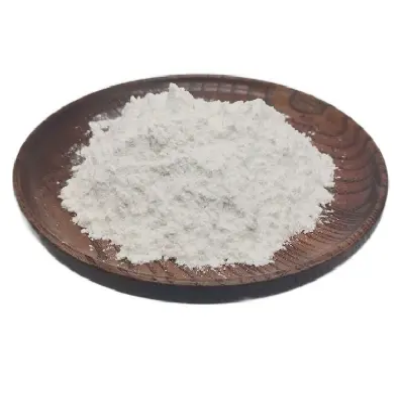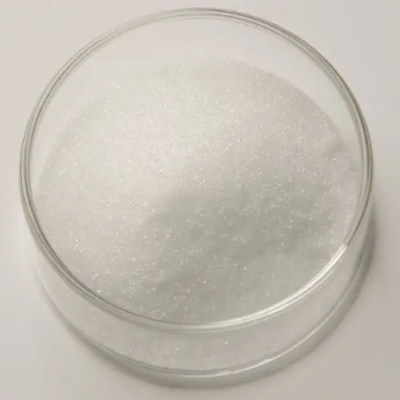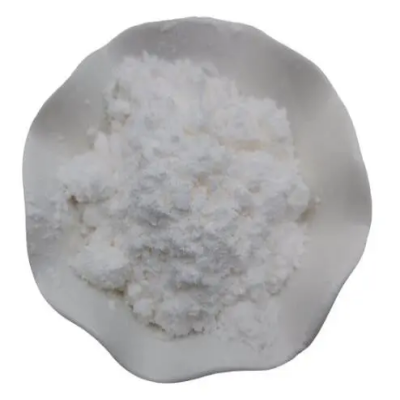HEPBS CAS:161308-36-7 Manufacturer Price
N-(2-Hydroxyethyl)piperazine-N'-(4-butanesulfonic acid) (HEPBS) is a zwitterionic buffer that is commonly used in biological and biochemical research. Its primary effect is to help maintain a stable pH in solutions, particularly within the physiological pH range (7.2-7.4).
The main application of HEPBS is in cell culture, where it is used as a component of culture media to maintain the pH of the solution. It helps provide a stable environment for cell growth and prevents any potential pH fluctuations that may be detrimental to the cells.
HEPBS is also employed as a buffering agent in enzyme studies, as it can stabilize the pH during enzymatic reactions. It is commonly used in protein purification and enzymatic assays to optimize the activity and stability of enzymes.
Furthermore, HEPBS is utilized in various electrophoretic techniques, such as gel electrophoresis and capillary electrophoresis, to maintain the desired pH and stabilize the charged molecules being separated.
In addition to its buffer properties, HEPBS can also act as a weak inhibitor of certain metalloproteins and enzymes, which makes it useful in specific applications.
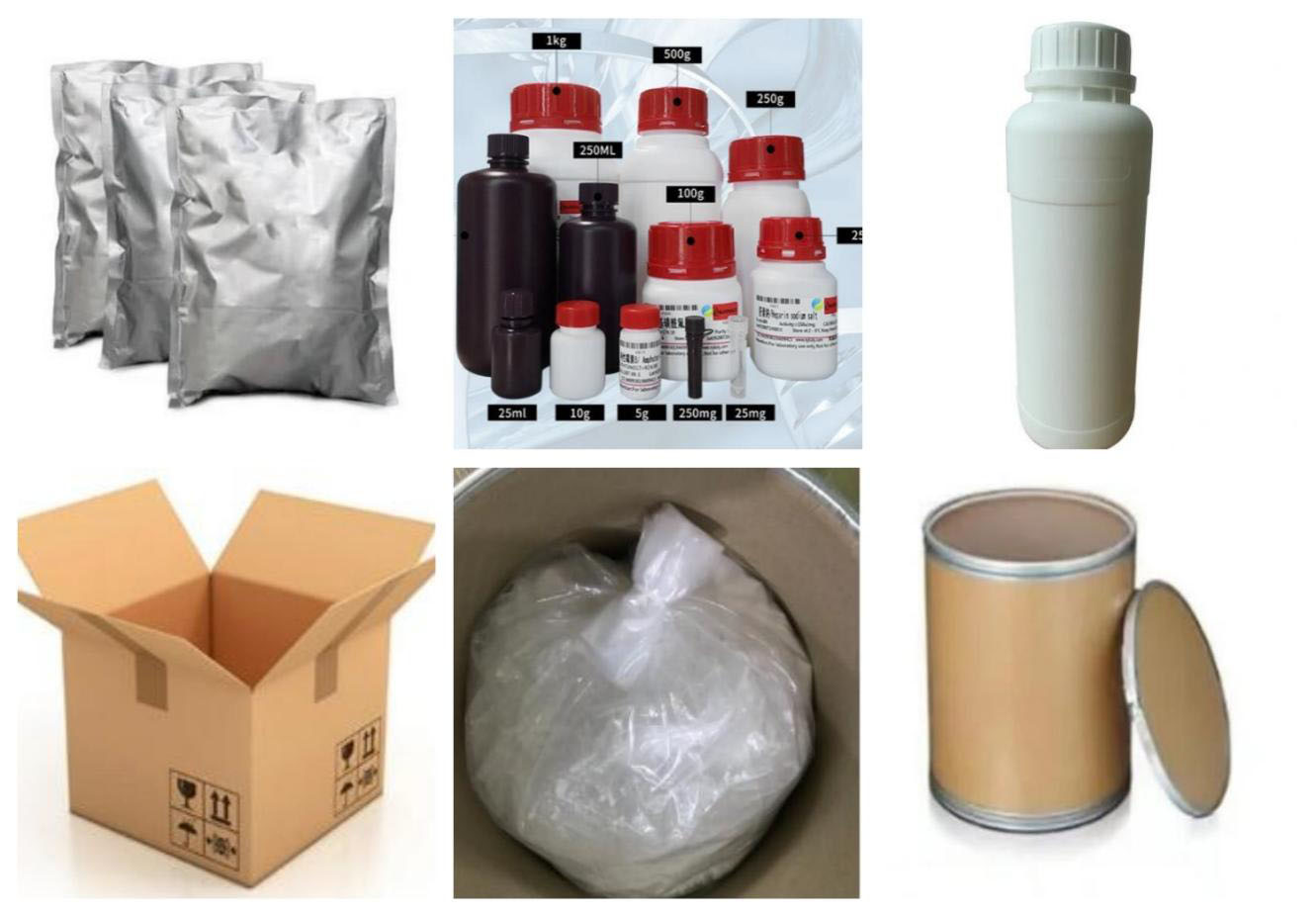
| Composition | C10H22N2O4S |
| Assay | 99% |
| Appearance | White powder |
| CAS No. | 161308-36-7 |
| Packing | Small and bulk |
| Shelf Life | 2 years |
| Storage | Store in cool and dry area |
| Certification | ISO. |


